Search
Did you mean: Midas?
Search Results
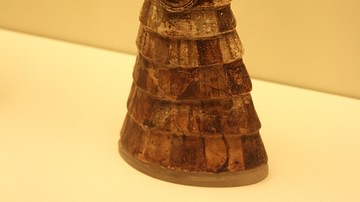
Image
Minoan Snake Goddess, Knossos.
Faience figurine of the Minoan Snake Goddess - her dominion was over nature and fertility. New-Palace period (1600 BCE). Heraklion Archaeological Museum, Crete.
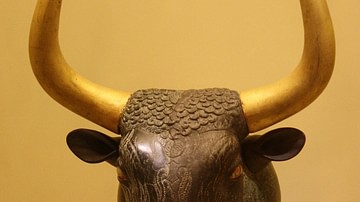
Image
Minoan Rhyton
Stone rhyton (libation vase) in the form of a bull's head from the Minoan site of Knossos, New-Palace period (1600-1500 BCE), Heraklion Archaeological Museum, Crete.
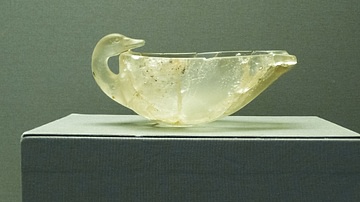
Image
Minoan Rock-Crystal Bowl
A Minoan rock-crystal bowl in the form of a duck, 16th century BCE. The vessel was found at Mycenae but has been attributed to the earlier Minoan civilization based on Crete. The vessel was probably used to store cosmetic creams. (National...
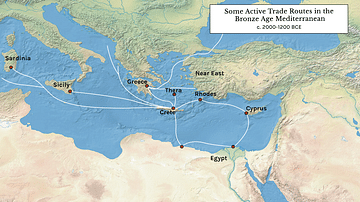
Article
The Minoans & Mycenaeans: Comparison of Two Bronze Age Civilisations
The Bronze Age Aegean in the eastern Mediterranean encompassed several powerful entities: the Minoans on Crete; the Mycenaeans on mainland Greece, and the Cypriots on Cyprus. These cultures are often examined separately, and thus the ample...

Image
Minoan Bull Leaping
A fresco showing bull leaping, Minoan Knossos (Final Palatial period 1450-1400 BCE), Heraklion Archaeological Museum, Crete.
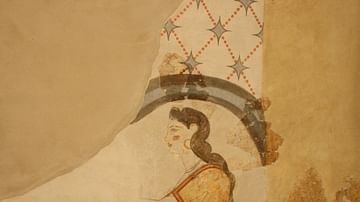
Image
Minoan Lady, Fresco, Akrotiri
A fresco from the House of the Ladies in Akrotiri on the Aegean island of Thera (Santorini), c. 17th century BCE. The several women depicted on the walls of the room wear typical Minoan dress. Above the women is a representation of a starry...
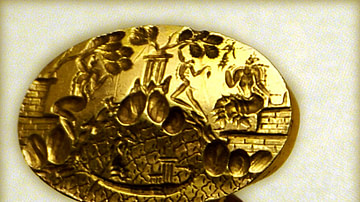
Image
Minoan Gold Ring
An engraved gold ring from the Minoan civilization on Crete, 15-14th century BCE. The ring probably originates from Knossos and depicts the epiphany of a goddess: seated in a shrine, floating in the air and standing in a boat. The hoop is...
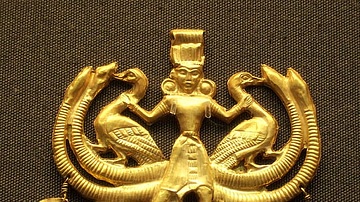
Image
Minoan 'Master of the Animals' Pendant
A solid gold pendant from the Minoan civilization depicting a deity holding two birds, possibly geese (18-17th century BC). Provenance: Aegina (British Museum, London)
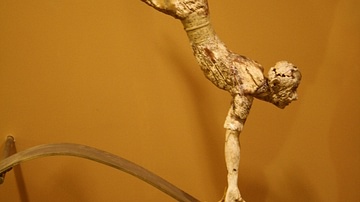
Image
Minoan Bull-Leaper
An ivory figurine representating a bull-leaper from a three dimensional composition (with two other figures and a bull) depicting this Minoan sporting or religious activity. Hair would have been added using bronze wire and clothes in gold...
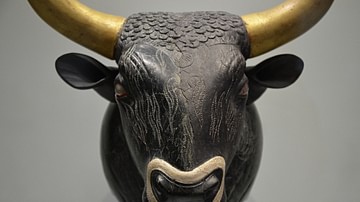
Article
Exploring Western Crete's Archaeological Treasures
As the cradle of European civilization and a meeting place of diverse cultures, Crete is a magical island that stands apart in the heart of the Mediterranean sea. Its prominent place in world history dates back to the mysterious and fascinating...